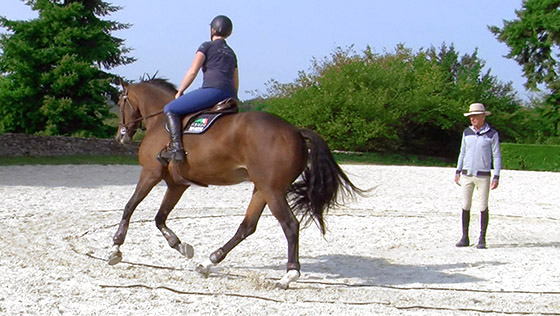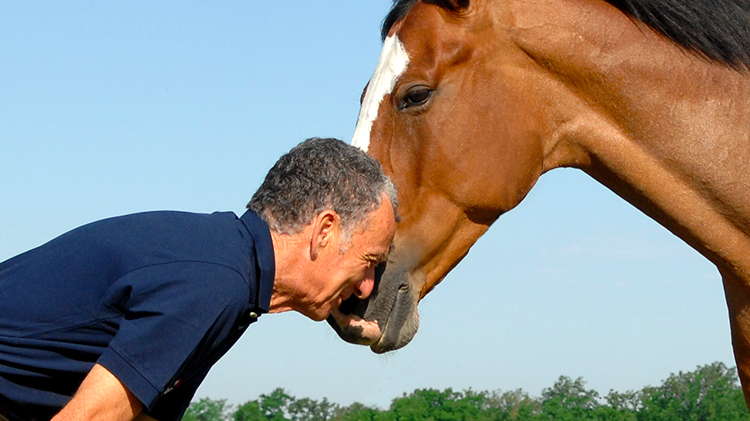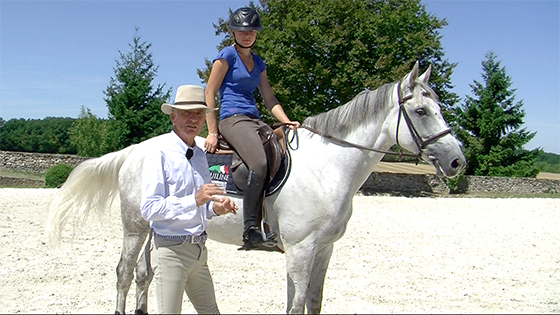The following talk has been recorded during the Pénélope Leprévost and Michel Robert’s Master Class of 2020. During the welcome session for the participants, our two great champions shared their vision of horse riding and answered questions from the riders and auditors. The topic of the relation and harmony between the rider and the horse is at the heart of the training methods Michel and Pénélope are promoting.
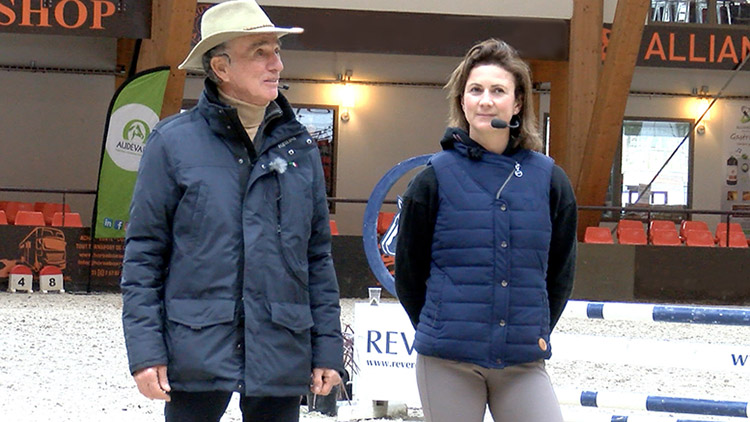
Michel Robert
We are all searching for solutions. The world is changing very fast and so are the minds, the awareness, the riding technics, the show-jumping courses, the horses. What we’re trying to pass on to you of course, are some technics but also a mind-set on how to see things, to observe, to understand and be aware of our influence. We want to better understand the horse’s mind as well as our own….We all function about the same way: We have the desire to achieve, but our actions are hindered by fear, worry, memories that bother us….
So how can we clean up all that? Pénélope and I are on the same path. We are heading into the same direction regarding these matters. We are lucky enough to find ourselves showing at the same venues such as the Sunshine Tour, in the spring. We advise each other and this collaboration allows us to evolve. If you are seeking advice, it’s because you want to change your habits. It requires determination and courage. However, the passion and love for horses will get you there.
Pénélope Leprévost
Michel and I met because we have the same vision of horse riding and competition …I take part of the Master Class because what I do daily makes me happy: My relationship with horses, competing…I see too many riders who are missing out on great things. I wish to help them by transmitting a few messages, my feelings… so they can experience their relationship with their horse to the fullest.
Michel Robert
We see riders running into the same issues over and over whilst some simple solutions exist. We would like to share some solutions with them. We also want to advocate for the horses by making sure they have a good relationship from their rider and enjoy what they do. This is what makes us happy when we are with them. When we want to improve, the priority is to be attentive to everything that can help the horses move better and function pain-free in any of the movements we ask them to perform: going faster, slowing down, turning, jumping, doing pirouettes or half passes….It’s one of the reason why we insist on having a good position. You can see on the Horse Academy videos that the closer you are to the perfect position, the more correct and effective your actions will be. This is the case with Pénélope whose position, when in motion, is close to perfection. Each time she influences the horse, she gets the perfect response. The more I go, the more I realize that most problems riders encounter are created by some inadvertent actions from the rider that work against what he’s looking for. It is for example the case of the rider who doesn’t realize that he spurs his horse in front of the fence and then wonders why his horse takes off after landing. The solution is not to get a stronger bit to try to control the horse after the fence. We are first of all going to make the rider be aware of his leg actions. To get front of a problem, I invite you to make things easier instead of adding more problems: no more leg and hand actions, no training aids….I often speak about looking for the root of the problem. Where does the problem come from: The horse reacted that way…What did I do just before it that could have trigger this behaviour?
Pénélope Leprévost
I work a lot on feelings, the harmony between the horse and rider. The horse’s behaviour tells us what to do or what not to do, what is good or not good for them. I think that we don’t listen to them enough. For example, if I sit a certain way and the horse is not happy, he brings his ears back, or switches his tail, speeds up…On the other hand, if I’m in this position, I can feel him loosen up…I believe in creating a unique relation with each horse. Michel, you are the one who taught me to close my eyes to improve my senses and feel how the right hind leg or left front leg would move….To feel deep inside, to be able to listen what goes on in the horse’s body and mind. When the connexion is there, the simple fact to think about turning is enough….The horse turns with no hand nor leg influence…..It’s such a pleasure to be able to ride a course with huge fences, being in a perfect harmony with your horse. To get this true connexion: the horse jumps…and then ask you “And now, what do you need?”….” Two big strides”…”Ok, a little more forward so..”…then the next moment, his waiting for your command….These are unbelievable moments to experience. I work my horses to be able to reach that. We can have that same feel jumping a 3-foot course. Even if you jump ahead of your horse, it doesn’t matter, because the most important thing is that harmony between you and the horse that will prevent the fault to happen. This communication between horse and rider will allow you to experience some incredible moments which at the end happen doing almost nothing more.
Michel Robert
Yes, this is what a beautiful equitation is about. An outside eye can’t see anything anymore. The horse turns to the right, to the left, increases his strides….but the rider doesn’t move. Both are connected with their mind only. I can remember Sissi de La Landes, a mare with whom I competed at the world equestrian game. She was so connected with me that just to think or to get ready to request something, would be enough for her to start the movement. There was no need of leg or hand action…just to have a good position. It was impossible to pull on her mouth or use the legs, otherwise it was a catastrophe. I could not move but just think. As Pénélope said it, it creates some fantastic moments.
Pénélope Leprévost
Ratina was also a very important mare in my life. I had an unbelievable connexion with her. I jump some 1m60 courses with her. She was double clear during the Nations Cup in Aachen. She was only 1m56 / 1m57 tall, but in her mind she thought she measured 2 meters. She was unable to walk, she could not slow down or speed up…However, I had such a connexion with her, I just had to think: “Beware of the fence behind…now, stay with me…” If I would pull on her to slow down, that was it! At the end, this mare was never really trained. In fact, we taught her to move under saddle without hurting herself. I just tried to find a way to communicate with her. I do have the feeling that very few people were able to do so. I had to adapt to whatever she would be willing to give. I had to make her stronger and teach her to canter round, to breathe….then we made it happen the way we could, but we, each, had the same and only goal: Jump a clear round!
Michel Robert
Yes, that’s true that to win The Cannes Grand Prix with this mare seemed to be impossible…Even in a dream!
Pénélope Leprévost
I remember at the beginning of the Sunshine Tour, in the warm up area, I was on the ground next to her, not on her back, because she would turn her head over and bite my legs. I would mount Ratina and she would rush to the jump…I would stop her at the end of the line and dismount and so on.
Michel Robert
Yes, we really had to believe in it. Most riders would have thought it would not be possible. When we are facing so many problems and we succeed in solving them, it’s a huge victory. It worth more than any medals…More than to win some Grand-prix!
Pénélope Leprévost
What is important in difficult situations like that, is to be able to transmit some positive messages to the horse. To prevent a problem, it’s important to not build up the pressure and keep a positive attitude. We need to look for the slightest correct response and make the horse understand right away that this is the response we are looking for. Then we do it again and then the horse starts to understand. He will assimilate the good behaviours quite fast.
Michel Robert
At the end, it’s important that the horse feels good in his body. It’s what will quiet his mind. As I often say, it important that the session always ends up on a good note. Horses agree to take part in what we do, but they also need to enjoy it.
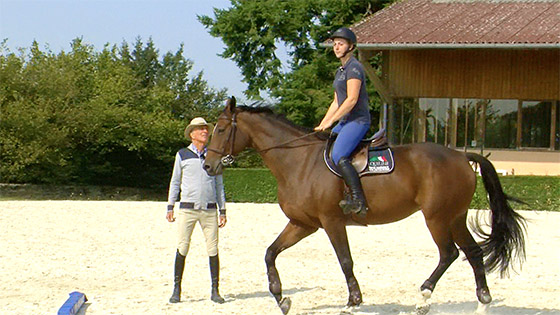

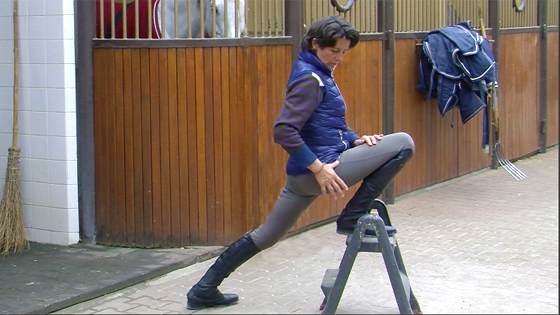
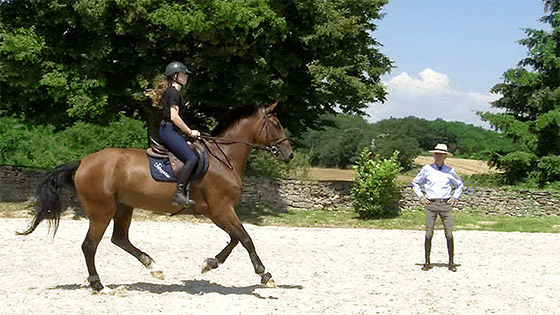
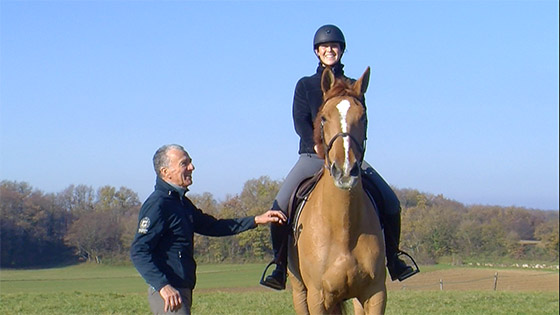
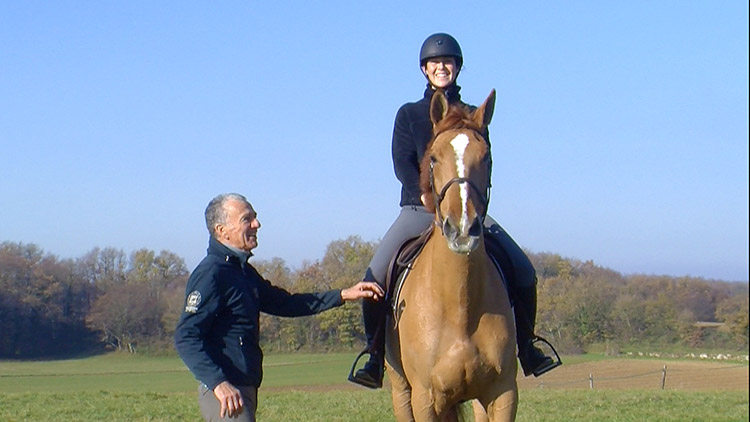
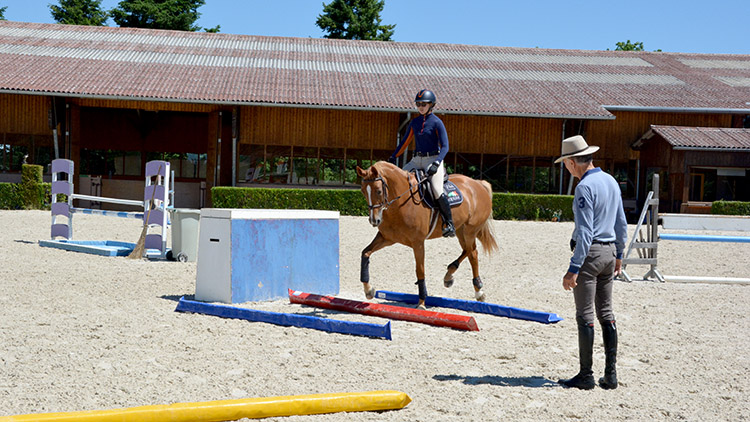
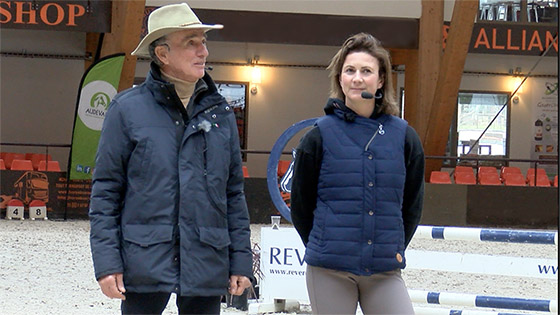

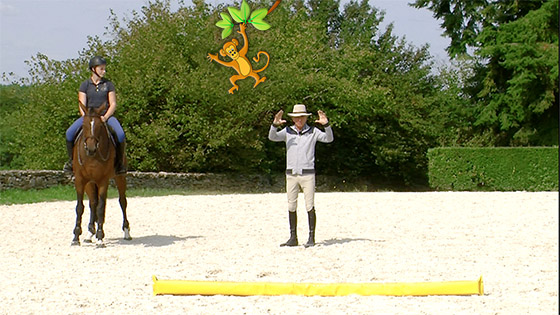
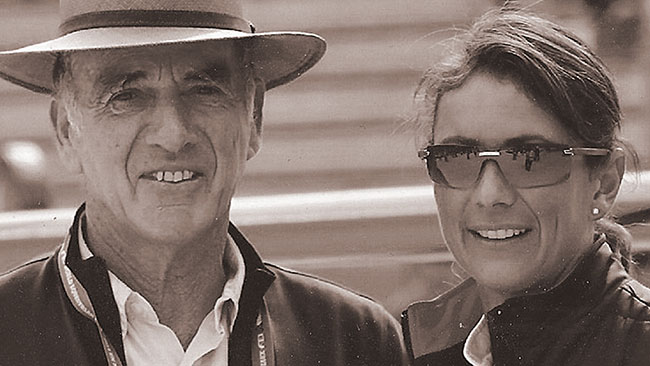

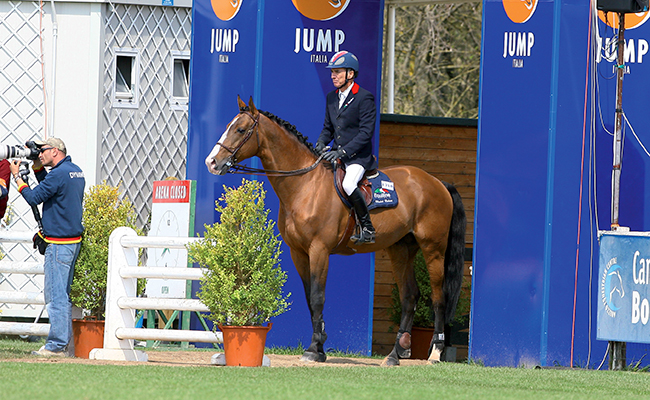 Michel Robert and Kronos d’Ouilly, Starting the course Grand-Prix of the Toscana Tour 2018
Michel Robert and Kronos d’Ouilly, Starting the course Grand-Prix of the Toscana Tour 2018